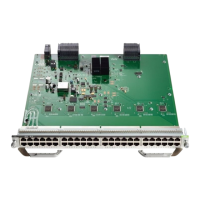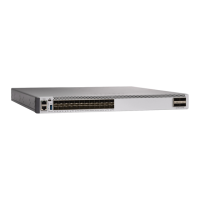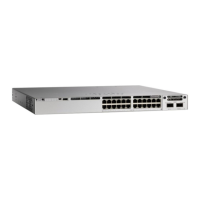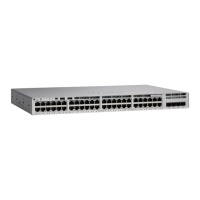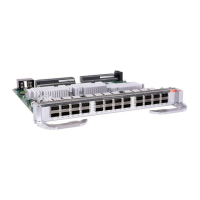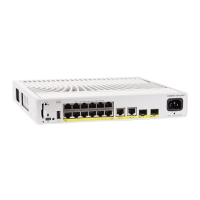PurposeCommand or Action
Returns to privileged EXEC mode.
Alternatively, you can also press Ctrl-Z to exit
global configuration mode.
end
Example:
Device(config)# end
Step 4
Creating a Policy Map
Procedure
PurposeCommand or Action
Enters global configuration mode.configure terminal
Example:
Step 1
Device# configure terminal
Creates a policy map by entering the policy map
name, and enters policy-map configuration
mode.
policy-map policy-map-name
Example:
Device(config)# policy-map webex-policy
Step 2
By default, no policy maps are defined.
The default behavior of a policy map is to set
the DSCP to 0 if the packet is an IP packet and
to set the CoS to 0 if the packet is tagged. No
policing is performed.
To delete an existing policy map, use
the no policy-map policy-map-name
global configuration command.
Note
Defines a traffic classification, and enters
policy-map class configuration mode.
class [class-map-name | class-default]
Example:
Step 3
By default, no policy map and class maps are
defined.
Device(config-pmap)# class webex-class
If a traffic class has already been defined by
using the class-map global configuration
command, specify its name for class-map-name
in this command.
A class-default traffic class is predefined and
can be added to any policy. It is always placed
at the end of a policy map. With an implied
match any is included in the class-default
class, all packets that have not already matched
the other traffic classes will match
class-default.
To delete an existing class map, use
the no class class-map-name
policy-map configuration command.
Note
System Management Configuration Guide, Cisco IOS XE Bengaluru 17.4.x (Catalyst 9400 Switches)
183
Configuring Application Visibility and Control in a Wired Network
Creating a Policy Map
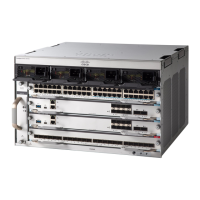
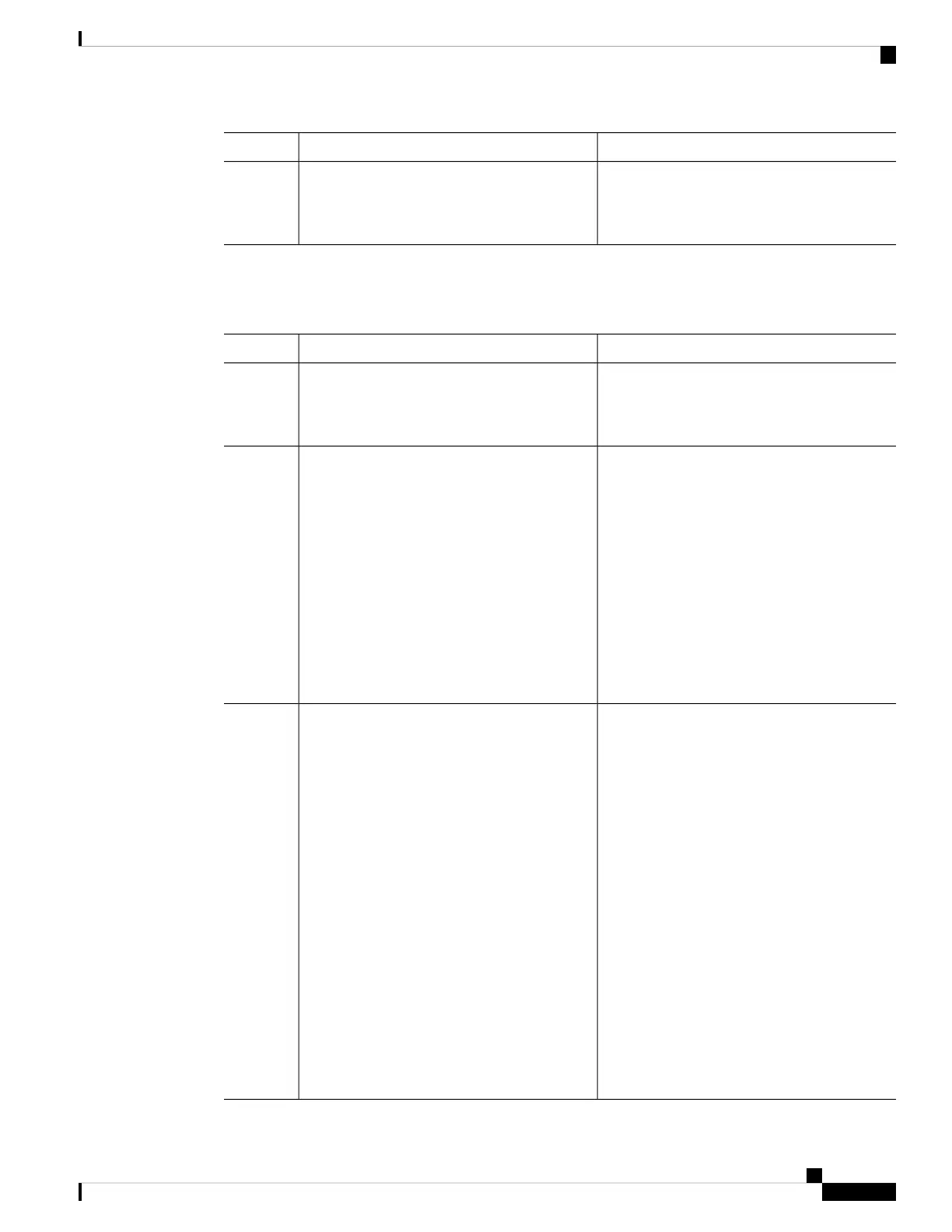